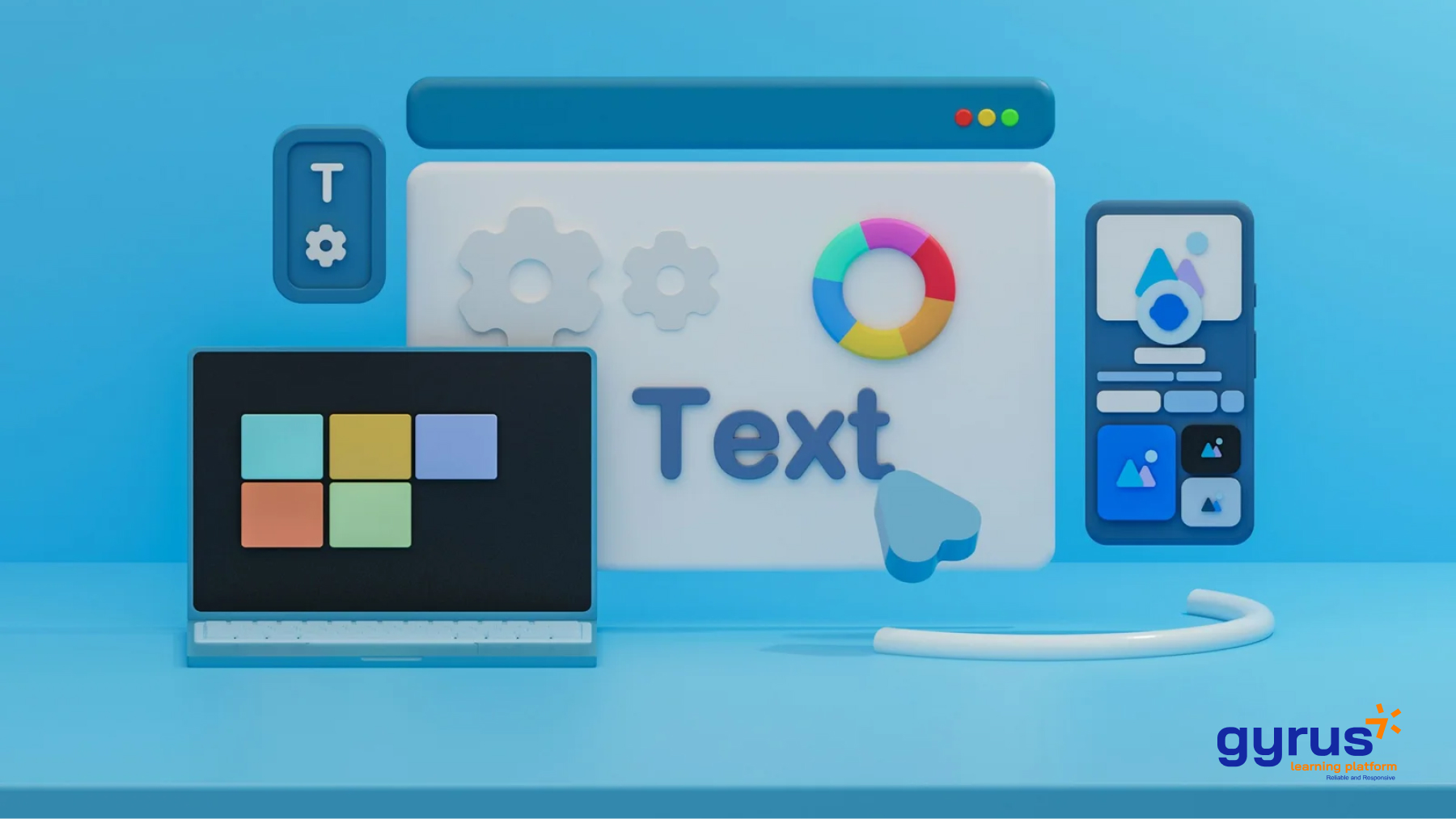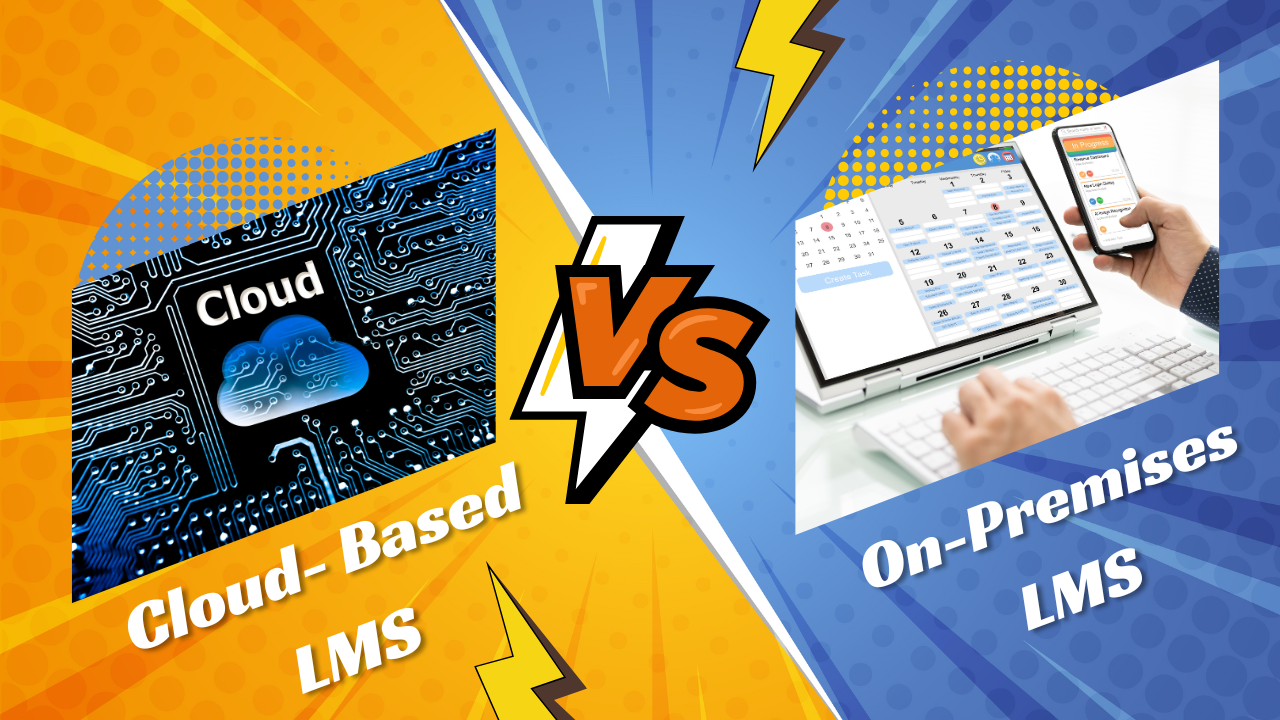




Government agencies are tasked with training employees in critical areas such as compliance, cybersecurity, leadership development, and technical skills. However, traditional training methods—classroom-based sessions, long PowerPoint presentations, and printed manuals—often lead to low retention rates, logistical challenges, and high costs.
A lms for public sector organizations offers a structured, scalable, and cost-effective way to train employees, ensuring they remain prepared to meet the evolving demands of public service.
Managing government training through an LMS significantly reduces costs by:
Many agencies have reported measurable return on investment (ROI) by switching from traditional training to LMS-based programs.
Learn how robust LMS features help your multinational organization stay ahead.
Government agencies must ensure employees complete mandatory training in ethics, cybersecurity, harassment prevention, safety regulations, and emergency response.
An LMS simplifies this by:
Unlike one-size-fits-all training programs, an LMS allows agencies to tailor learning experiences to individual needs. This includes:
With hybrid work models becoming more common, an LMS allows employees to complete training from anywhere on desktops, tablets, or smartphones. Mobile-first design ensures:
When selecting an LMS, government agencies should look for:
Enable effective learning and compliance management across borders with scalable LMS solutions.
To ensure the LMS delivers value, agencies should track key performance indicators such as:
As technology evolves, LMS platforms will continue to integrate:
The right LMS can modernize government training, improve compliance, and enhance workforce development. Explore solutions like GyrusAim LMS to ensure your agency is ready for the future of digital learning.
📩 Want expert guidance? Contact us for help selecting and implementing the best LMS for your agency
Our experts can guide you through the decision-making process to select the best LMS for your business.
The role of LMS in modernizing government training cannot be overstated. By adopting an LMS, public sector organizations can provide cost-effective, flexible, and engaging training solutions that meet the diverse needs of their workforce. As government agencies continue to face new challenges, investing in an LMS can ensure that employees are equipped with the skills and knowledge required to serve the public efficiently and effectively. Embracing this technology-driven approach to training is a crucial step toward a more competent and resilient public sector.
In conclusion, the integration of LMS platforms represents a strategic investment in the future of government training. By fostering continuous learning, promoting collaboration, and ensuring content relevance, LMS platforms empower public sector employees to excel in their roles. As public expectations grow and evolve, a well-trained and adaptable workforce will be the key to maintaining trust and delivering exceptional public service.
An LMS streamlines training, reduces costs, ensures compliance, and provides flexible, scalable learning for government employees.
It automates compliance tracking, sends reminders for mandatory courses, generates real-time reports, and maintains centralized training records.
Yes, an LMS supports mobile and remote learning, allowing employees to complete training anytime on desktops, tablets, or smartphones.
Essential features include FedRAMP certification, Section 508 compliance, Single Sign-On (SSO), automated reporting, and mobile compatibility.
Success can be tracked through training completion rates, knowledge retention scores, employee feedback, time-to-competency, and cost savings.
Data encryption, role-based access, multi-factor authentication (MFA), and GDPR compliance are essential security features. These protect sensitive employee and company information across global locations.

Viren Kapadia is the President and CEO of GyrusAim LMS, a leading provider of learning management solutions for global organizations. With over 20 years of industry experience, Viren specializes in helping multinational businesses leverage technology to streamline training, ensure compliance, and enhance workforce development across diverse regions.
Experience the unmatched security and compliance features of GyrusAim’s on-premise LMS tailored for your industry. Start your journey toward seamless training management now!

